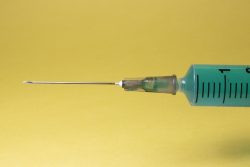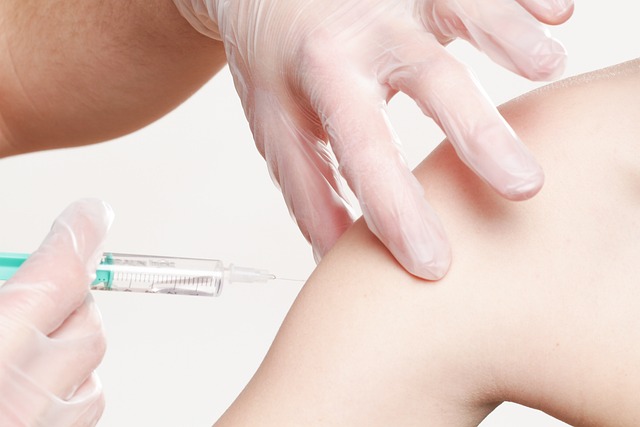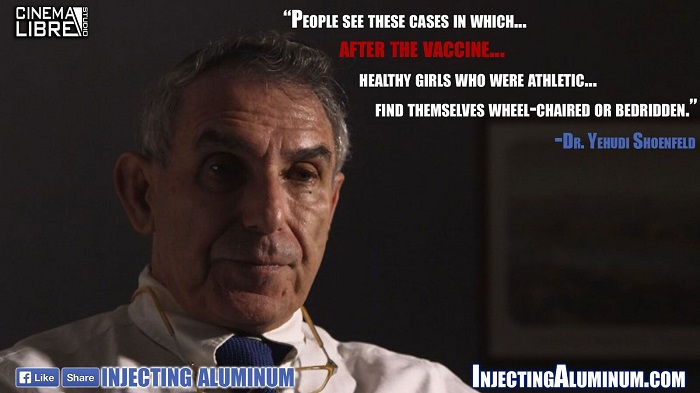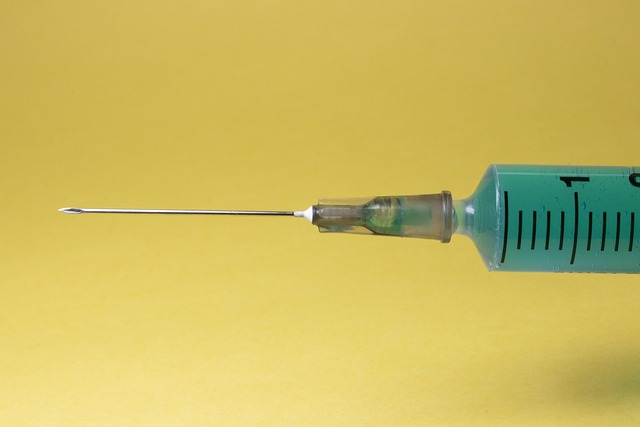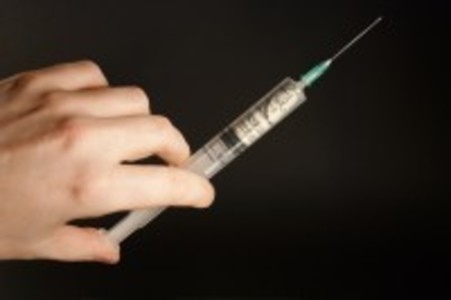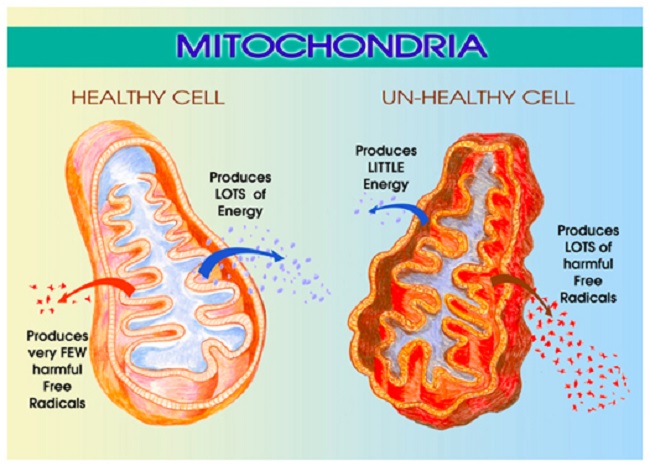A few years ago, I stumbled upon some philosophical papers on a concept called ‘vaccine denialism’ and for those same years, I have tried and failed to write a cogent and detailed response. Each and every time I re-read those papers, I become angered, incensed really, at both the obvious venality of these arguments, but also, the conspicuous hubris promulgated throughout. These articles possess a holier-than-thou approach to philosophical reasoning that I find contemptible, particularly when the arguments themselves, though tightly constructed, have no bearing on the reality they pretend to interpret. The authors presume that their intellectual eminence as philosophers and their ability to construct snazzy philosophical arguments grants them sufficient expertise to trust uncritically the affirmations and eminence of others in fields disparate from their own. It is as if once one reaches a level of expertise in one’s field, he/she is somehow magically, and without so much as a modicum of effort, granted expertise in all other fields; a sort of universally transferable expertise. If it were a gender issue, I would call it mansplaining, but it is not. Authors of both sexes participate in these shenanigans. They evoke the pretense of knowledge and nothing more.
“It is an approach which has come to be described as the ‘scientistic’ attitude – an attitude which, as I defined it some thirty years ago, ‘is decidedly unscientific in the true sense of the word, since it involves a mechanical and uncritical application of habits of thought to fields different from those in which they have been formed’.” – Friedrich von Hayek
With the confidence of transferable expertise, the authors who proffer the tenets of vaccine denialism proceed, mechanically and uncritically. Each paper begins with the presumption that the research on vaccines is settled and that vaccines are entirely safe and effective, and thus, necessary. No exploration of the actual research, the science, or even the business models or ethics of the manufacturers of these products is undertaken. It is simply presumed that the science of vaccines is unassailable, beyond question, and beyond repute. Not only is this not the case, but there is an entire literature that painstakingly details the egregious errors in vaccine science and the industry and regulatory corruption that allows such errors to promulgate.
Armed with an uncritical acceptance of a heavily conflicted science and possessing a certainty that no legitimate scientist would claim, these authors proceed to denigrate the legitimacy of any counterview. From this position of absolute certainty, the authors suggest that we must seek to understand why the denialists deny/refuse vaccines. The underlying assumption is that since these products are safe and effective, any reasonable person would gladly submit to their protective powers (and they, by their own estimation, are the arbiters of reason). To not accept the totality of the benefits of these products ipso facto declares one’s inherent foolishness; a foolishness that can only be explained by an alternate reality of sorts. In philosophical terms, the rules by which reality is constructed is called an ‘episteme‘.
In this work, all sorts of constructs are used to understand the alternative ‘episteme‘ of the denialist, including notions of displaced power struggles between the sexes – male physicians / female caregivers, moral permissiveness, intellectual incompetence, and, my favorite, a sort of neurotic tribalism. Most of these articles are published in reputable public policy and philosophy journals. Indeed, vaccine denialism, also called vaccine hesitancy, is such a hot topic in these journals that I cannot help but wonder about industry connections. Even the World Health Organization has jumped aboard the vaccine denialism train, promoting ways to combat the purported egregious lack of reason.
Potential industry influence aside, so much is wrong with these articles that reading them is painful – head bangingly painful. The entire body of work, from the derogatory and inflammatory titles that serve to shut down any discussion about risks, to the use of old misogynist tropes of power and conscripted morality through the selective abrogation of philosophical constructs, represents all that is wrong with the current model of pharmaceutical medicine and those who seek to justify it (neither does it speak too highly of academic philosophy). These articles are myopic, uncritical, and downright ignorant of the science and the institutional corruption of the organizations promoting said science.
What strikes me as the most egregious error in this line of reasoning is the total lack of critical evaluation of the veracity of the original premise. The writers unconditionally accept that vaccines are completely safe and effective as reported by the CDC and other agencies. They also accept wholeheartedly the concepts of herd immunity and embrace the notion that collateral damage, and side effects, are acceptable so long as the greater good is achieved.
The premise of total safety and efficacy is incorrect and I would say more than just a little bit ignorant. By not questioning those presumptions and taking the safety and efficacy claims of an entirely corrupt industry as ‘truth’, all of the arguments crumble. Heck, even if it were not a corrupt industry, it is an obvious fallacy to assume anything in medical practice is entirely safe and effective for all people; a fallacy that does not require a PhD or MD to recognize. Simple common sense tells us that injecting toxic compounds into the body is likely to have some deleterious effects on health. An exploration of the chemical makeup of these compounds and even the manufacturer’s own warnings shows this to be true.
The efficacy question is no less problematic, particularly when one becomes versant in the larger body of vaccine research. If, as some of the ‘philosophers’ suggest, it is our moral duty to vaccinate for the good of the community and to bear any ill-effects that these chemicals impart, the reasonable person should like to be certain of the benefits, but we cannot.
“…what most politicians, who believe they are acting in the best interest of their constituents don’t understand, and likewise most physicians who are on the payroll of vaccine manufacturers either directly or by proxy choose to ignore, is that a substantial number of the recommended vaccines cannot prevent transmission of disease. This is because either they are not designed to prevent the transmission of infection (they are intended to prevent disease symptoms), or because they are for non-communicable diseases.”
If, as the research shows, no vaccine is completely safe and many vaccines do not promote public good in a way that makes compulsory vaccination reasonable, then what are we to make of these philosophical contortions that demonize folks who dare to present legitimate concerns? Is simple ignorance at play or is a more willful, perhaps even purchased, ignorance responsible? For as much as these folks fail to recognize the legitimacy of the vaccine concerns or even the reality of the adverse reactions that fuel these concerns, it is difficult not to reflect back at them the alternate episteme hypothesis. One could argue that the episteme under which most of this uncritical acceptance of chemical safety resides, is one that was carefully constructed by those who benefit most from this dogmatic approach.
We Need Your Help
More people than ever are reading Hormones Matter, a testament to the need for independent voices in health and medicine. We are not funded and accept limited advertising. Unlike many health sites, we don’t force you to purchase a subscription. We believe health information should be open to all. If you read Hormones Matter, and like it, please help support it. Contribute now.
Yes, I would like to support Hormones Matter.
Image created using Canva AI.
This article was first published on January 30, 2019.







